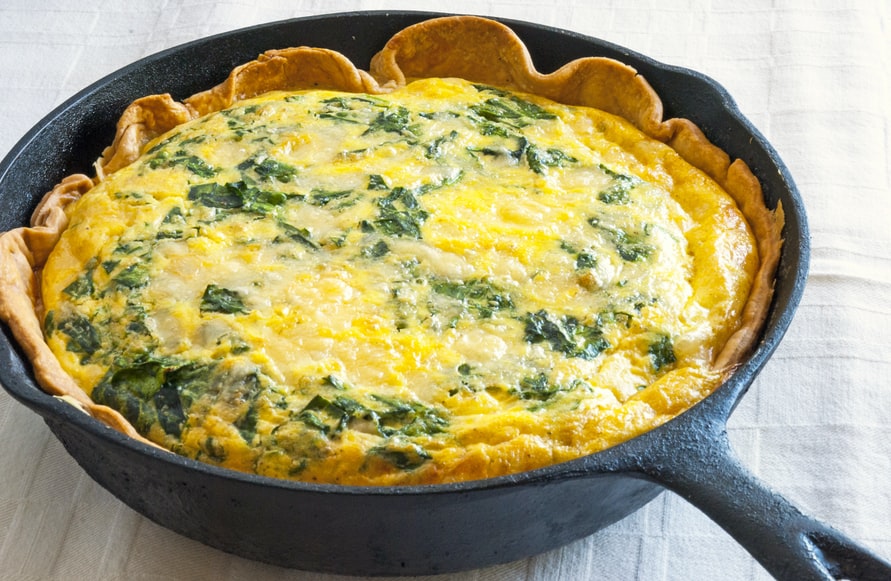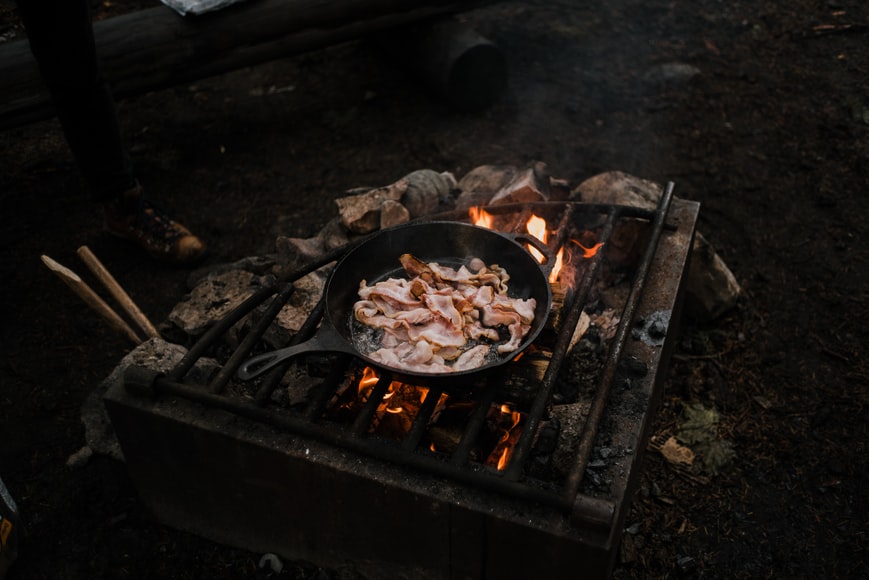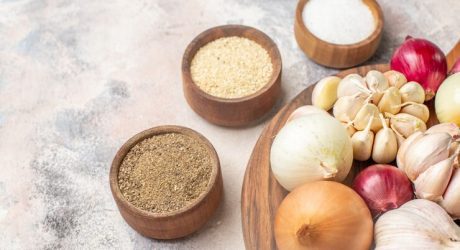A wide variety of dishes can be cooked in a frying pan. Their taste will depend not only on the skill of the chef but also on the skillets, materials from which the pans are made.
Each type of food needs its own cookware, with different wall heights and bottom thicknesses. This means that ideally, there should be several pans in the kitchen. But, unfortunately, the abundance of goods confuses the buyers who choose a frying pan for the kitchen.
The differences in materials are often confusing. In this review, we will share with you the properties of the most popular skillets materials.
What Pans Are Made Of Basic Materials

The basic materials from which the cookware is made for various stoves are metals and alloys with good thermal conductivity. The skillets are pretty essential. When you are using iron-made cookware, your food will be entirely iron-enriched.
An essential factor is saving your foods from harmful chemicals and materials. For example, if you use a pan with a toxic material coating. All of your foods are getting contaminated by the dangerous material presence.
These are aluminum, stainless steel, cast iron, and copper. Let’s review their properties in detail:
1. Carbon Steel
Carbon steel is an alloy containing a large percentage of iron (up to 99%) and carbon (up to 2.07%) while having no (or almost no) alloying additives. The presence of carbon makes steel sharper and harder.
Carbon steel cookware doesn’t provide non-stick properties. Nothing rolls or slides on it, but it does not stick either. Among the best carbon steel skillets on the market, we can single out the utensils sold on https://yosukata.com/carbon-steel-skillets/. They are durable, affordable, and convenient.
2. Aluminum
Aluminum is one of the most popular and inexpensive materials for frying pans. There are cast, forged, and stamped aluminum models on the market. Cast models distribute heat more evenly over the entire surface.
Skillets are usually more expensive than forged and stamped products, and the price difference is justified by their long service life. When you are selecting the Aluminum made skillets try to avoid the mixed materials.
3. Stainless Steel
This is an affordable and practical material. Products made from steel do not deform during operation and retain a presentable appearance. For steel pans, the thickness of the metal and especially the bottom is crucial. If it is a pan with a single-layer bottom, then the high temperature will lead to the emergence of colored streaks, and the skillet will burn. An obvious plus of stainless steel dishes is their high corrosion resistance.
The skillets which are having high corrosion resistance are more health-beneficial factors. For making your breakfast, you can use the skillsets made of stainless steel. When you are selecting stainless steel skillets, don’t forget to check the quality and weight of the skillets.
4. Cast iron
Perhaps this is the most ancient skillets material from which frying utensils are made. All cast iron products do not need additional coating because, during operation, a natural non-stick layer forms on the inner surface.
Cast iron cookware conducts and retains heat for a long time and can be heated to high temperatures. The main disadvantage of a cast iron pan is its increased weight, and the most significant advantage is its unlimited service life.
5. Copper
This metal has the best thermal conductivity. Therefore, the best coffee makers for preparing Turkish coffee are made from copper. But the skillets or frying pans are different.
If there is no coating on the inner surface, then the food will oxidize. A natural copper pan is heavy, expensive, and is sold in limited numbers for the chef enthusiast.
Conclusion:
These skillets are all made with different types of materials. The fascinating factor is that the cooking time to taste the foods is entirely different. But when you are selecting any of the skillsets material, try to avoid the harmful material made from frying pans. And if you are purchasing any nonstick frying pan or skillset. Always check the coating materials first. The harmful materials of the skillset coatings are directly influenced by the food value of the cooked items.
Read Also:




























